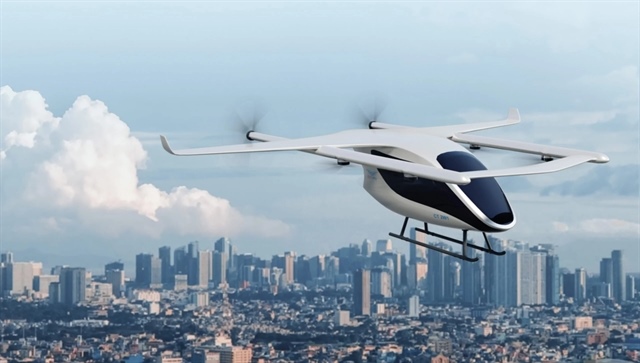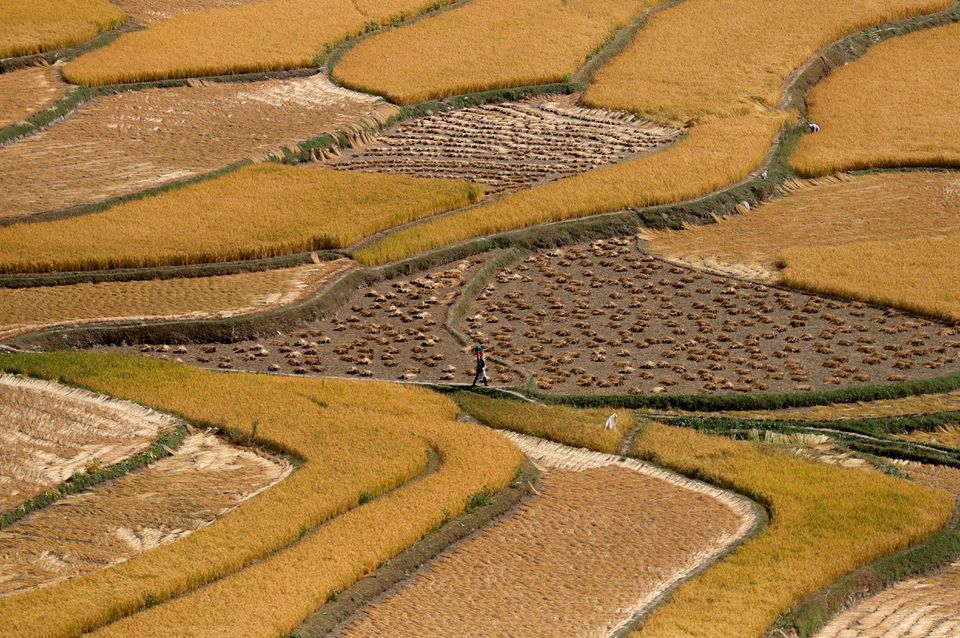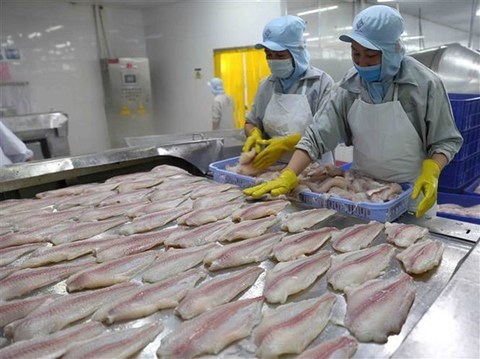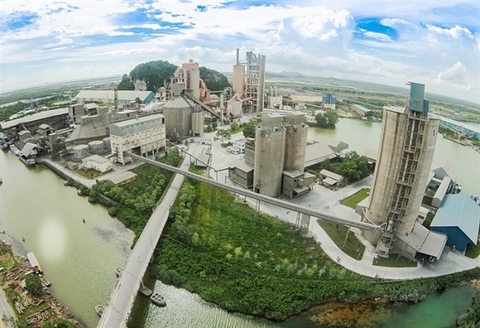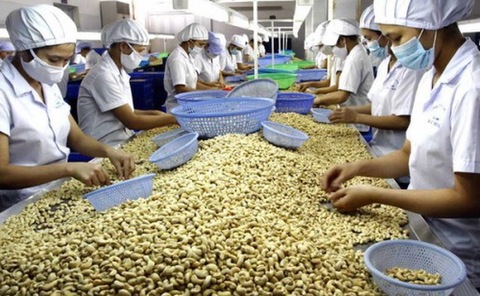Market attempts to stabilise pork prices
Market attempts to stabilise pork prices
A rise in pork has benefited some husbandry companies in Vietnam, with the government ordering stabilising measures to help rein in inflation at around 4 per cent this year.
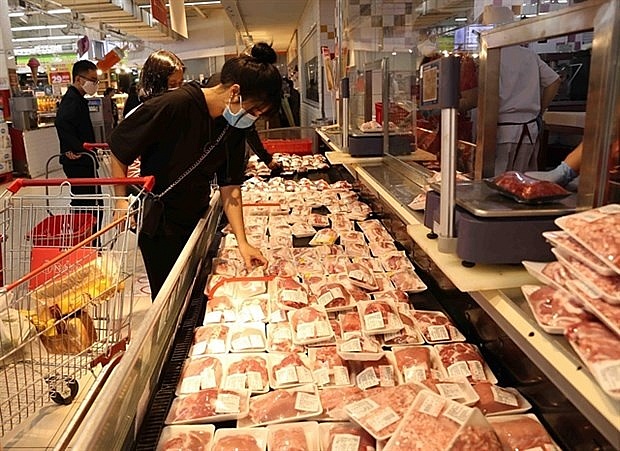
The price of pork in Vietnam in August so far has increased by more than VND10,000 (43 US cents) per kg as compared to last year while livestock production has decreased significantly.
BaF Vietnam is one of the businesses benefiting from the recent increase in hog prices. The high net profit margin from the livestock segment is clearly visible in the company’s current profit plan.
Phan Ngoc An, deputy general director of BaF, said that the increase in prices will promote the plan to sell about 259,000 pigs to the market this year.
BaF expects its net profit to increase by 25 per cent to $17.4 million, with about 73 per cent coming from the livestock segment.
The upward trend in meat prices has been reflected in stock price increases in the last week of July. Dabaco Group’s ticker went up 60 per cent, Hoang Anh Gia Lai’s increased by 45.5 per cent, and BaF’s rose 22.2 per cent.
Altogether, stocks of meat producers are trading at even higher levels than between June and December 2019 when hog prices also increased.
Between mid-June to July 27, pork prices increased by 19.9 per cent over the previous month and 38.6 per cent compared to the beginning of the year, especially in the north.
The government is closely monitoring pork price movements amid rising inflationary pressures. Prime Minister Pham Minh Chinh on July 31 requested to strengthen measures to stabilise pork prices and promote production to ensure supply.
Hoang Trong Thuy, an independent agricultural policy analyst in Vietnam, said that the price increases were due to supply shortage in some provinces thanks to African swine fever (ASF) in the first quarter, rising pig prices in China, and rising feed costs. “Vietnam’s agricultural market is always sensitive to factors coming from China,” Thuy said.
According to China’s National Development and Reform Commission, as of the week ended July 1, hog prices in the country had increased by 46 per cent compared to March. Pork prices, which rose nearly 3 per cent in June from May, also added to the country’s inflationary pressures.
“Considering the impact of the pig price increase in China on the Vietnamese market, cultural factors should be taken into account,” Thuy said.
Two months before the Mid-Autumn Festival is typically the time when Chinese businesses increase their purchases of pork from here for mooncakes. The geographical advantage also provides greater added value for Chinese buyers, as logistics costs are lower than in other countries, such as Brazil, Canada, the EU and the United States.
A new pork price hike is expected by the Chinese side, but Thuy said, “Prices will not spike considering how the Chinese government stabilises prices.”
China has national reserves for pork, though nobody seems to know the volume of these. Last month, the Chinese government said it was considering exploiting the national strategic pork reserve to prevent prices from rising rapidly and, at the same time, prevent price manipulation from livestock farms.
Thuy noted that China’s pork production continued to increase, despite the sharp increase in meat prices in the domestic market. China’s pork production in the second quarter of 2022 increased to 13.78 million tonnes, reaching a multi-year high as the herd recovered from ASF according to data from China’s National Statistics Office.
In Vietnam, rising pork prices have begun to impact the livestock industry in recent weeks.
Nguyen Kim Doan, vice chairman of the Dong Nai Breeding Association, said that the price of live pigs is around $2.8 per kg. “This has not been a driving force to motivate farmers to reorganise their herds,” Doan said.
The average live hog price in August 2021 was about $2.39 per kg, much lower than the high average of $3.50 in 2020.
Dong Nai, the southern province with the largest pig production in the country, currently has only around 6,100 smaller pig-raising households, a decrease of thousands compared to the period of time before the outbreak of ASF, according to Dong Nai Department of Agriculture and Rural Development.
“The number of pig-raising households continues to decrease. Hopefully, the pork price will increase further to partially offset the cost for farmers,” Doan said.




